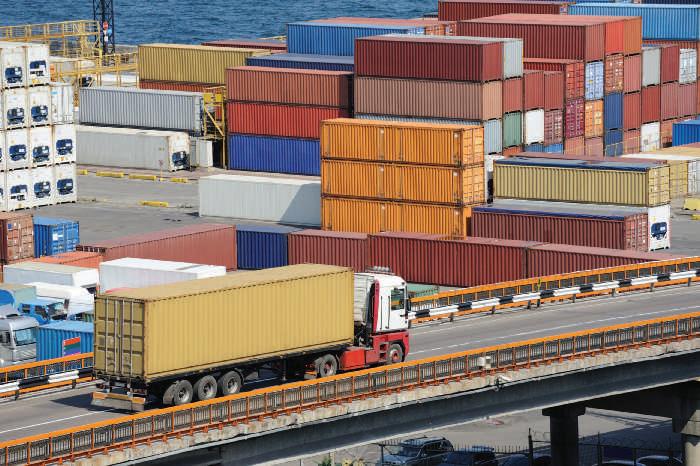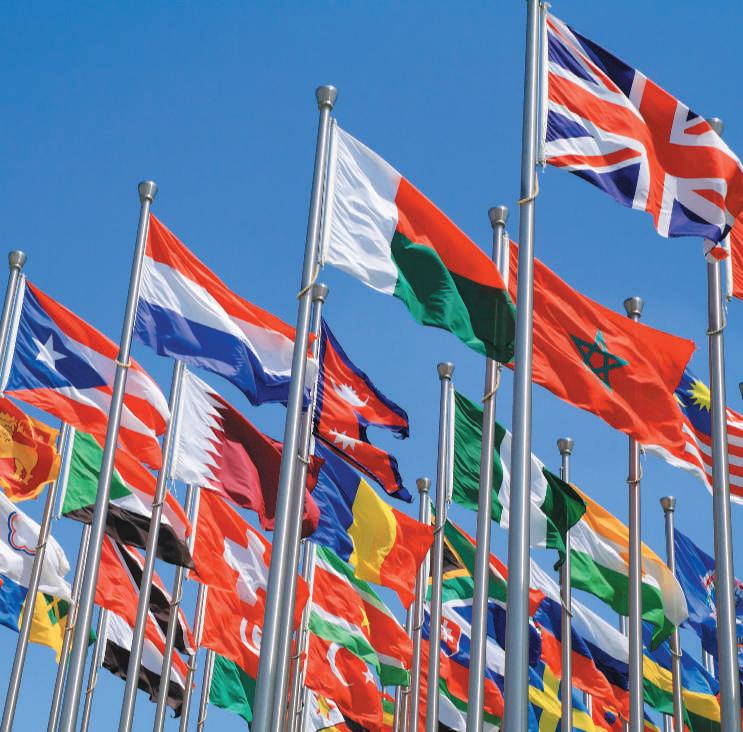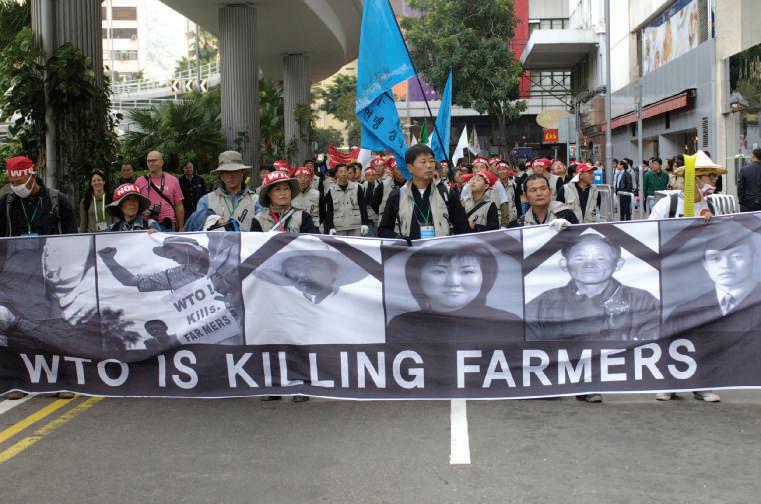C h a p t e r 1 T h e Ri s e o f G lo b a li z a t io n
Ron Yue/Alamy
24
Globalization creates “winners” and “losers.” Japanese farmers protesting WTO call for cutting rice subsidy.
What about the workers in the richer countries who are not displaced (laid off), but whose wages may stagnate because of foreign competition? The answer to this question will be hard to conclude, because it will depend on the industry, the worker skills needed, and specific market conditions. For instance, the wages of such workers may fall or fail to rise as quickly as they would have without globalization. However, all workers would benefit from lower-priced imports. Researchers at the University of Chicago’s Graduate School of Business have shown that inexpensive imports from China have disproportionately benefited the American poor.21 Meanwhile, in developing countries, globalization will lead to increased demand for labor and will raise wages even for workers who are not directly employed in the new trade-related jobs, for example, engineers will generally witness an increase in domestic wages when the demand for IT and software engineers increases because of outsourcing.
1-6b S ustainable Development and Environmental Degradation
sustainable development economic development that meets the needs of the present generation without compromising the ability of future generations to meet their own needs, whether environmentally, socially, or economically
What does sustainable development mean? The term was first used around 1983 by the Brundtland Commission,22 which was set up by the United Nations to address growing concerns “about the accelerating deterioration of the human environment and natural resources.” The Brundtland Commission defined sustainable development as development that “meets the needs of the present without compromising the ability of future generations to meet their own needs,”23 whether environmentally, socially, or economically (including natural resource conservation). While the concept of sustainable development has been discussed since 1987, it only recently gained popularity as a powerful force as awareness about climate change, the production of greenhouse gases, and rapid and uncontrolled deforestation of the world’s tropical rain forests has grown. Sustainable development has also become a source of increasing tension between the developing world and developed nations, especially between China, the United States, and the European Union. Globalization and Asia’s role in it has become particularly contentious.24 For example, China’s unprecedented economic growth since 1978 has left a legacy of environmental degradation. Pollution has
Copyright 2017 Cengage Learning. All Rights Reserved. May not be copied, scanned, or duplicated, in whole or in part. Due to electronic rights, some third party content may be suppressed from the eBook and/or eChapter(s). Editorial review has deemed that any suppressed content does not materially affect the overall learning experience. Cengage Learning reserves the right to remove additional content at any time if subsequent rights restrictions require it.







































